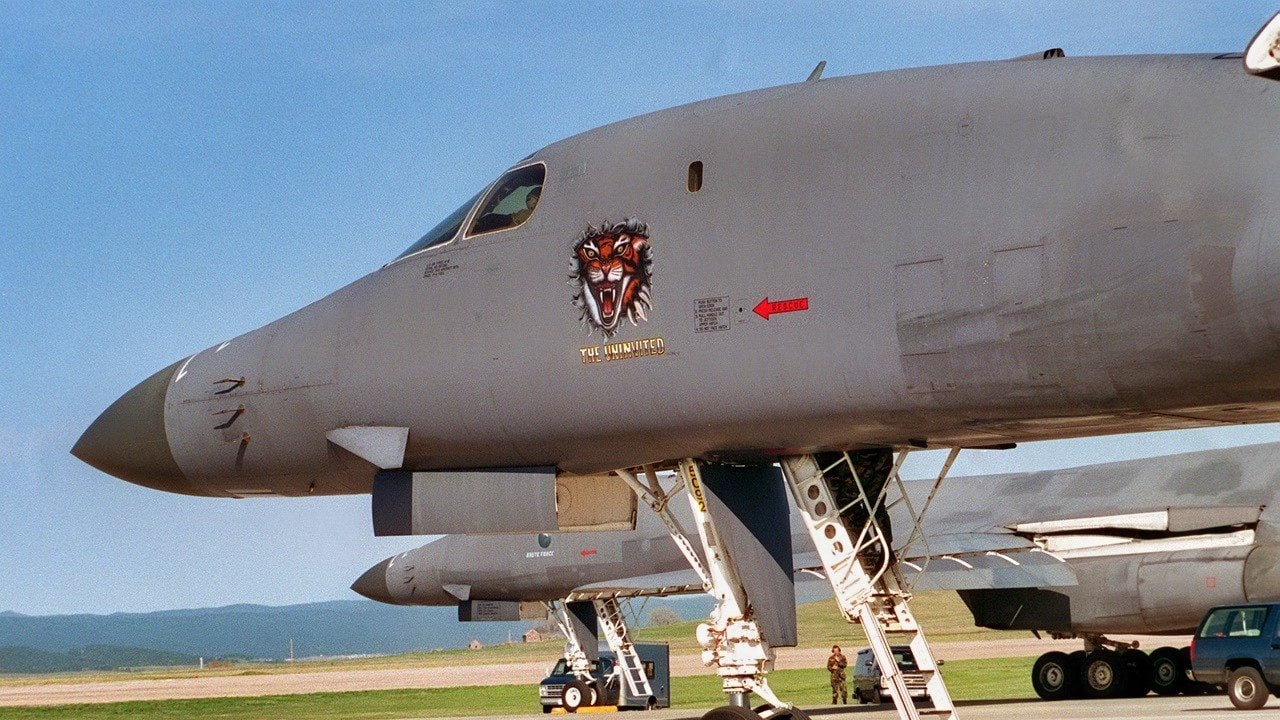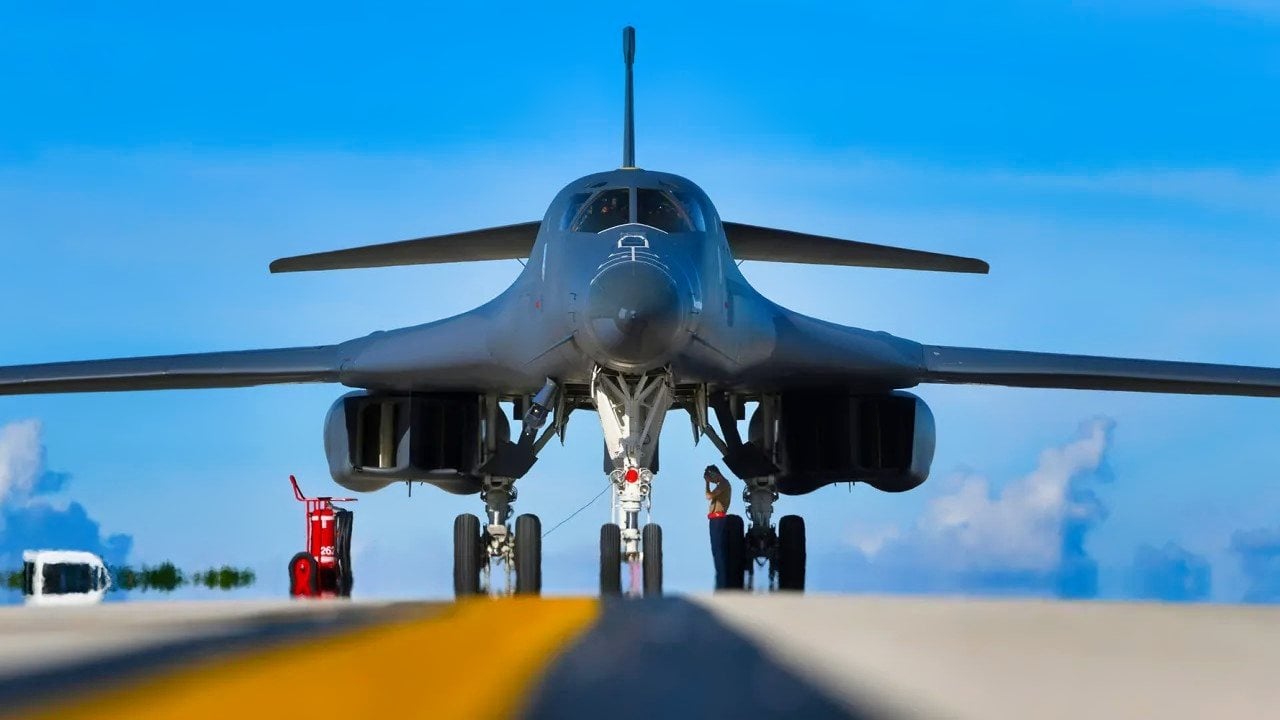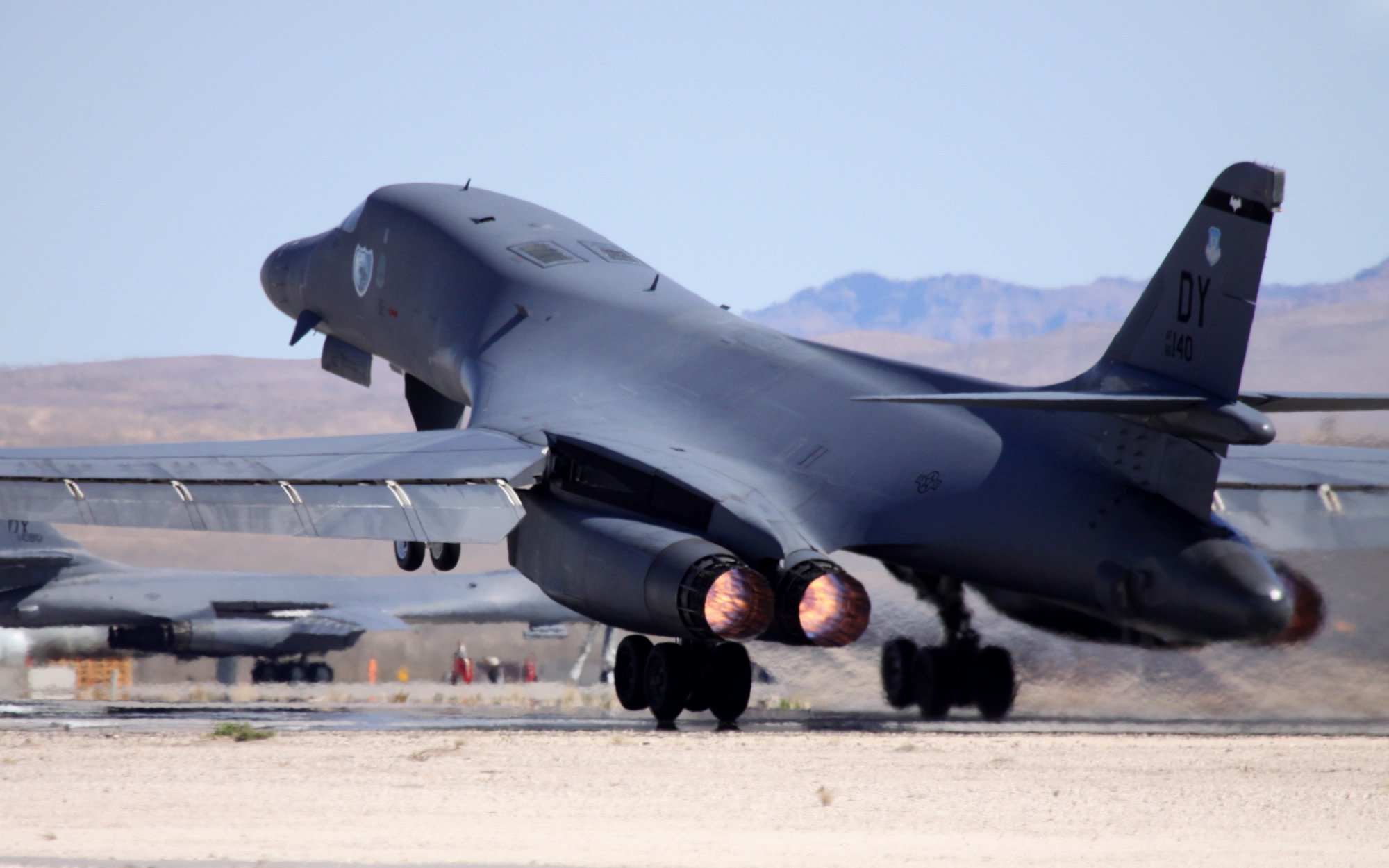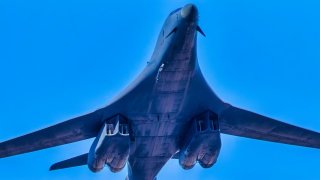B-1R: The 'Regional' Version of the B-1B Lancer Bomber That Failed
The B-1B Lancer, or "The Bone," has been a key U.S. Air Force bomber since the 1980s, renowned for its long-range, multi-mission capabilities. However, a B-1R version for regional missions was possible, but it never flew.
Summary: The B-1B Lancer, or "The Bone," has been a key U.S. Air Force bomber since the 1980s, renowned for its long-range, multi-mission capabilities. Originally a nuclear bomber, it transitioned to conventional roles in the 1990s, excelling in operations like Allied Force and Enduring Freedom. The proposed B-1R variant, suggested by Boeing in the early 2000s, aimed to upgrade the B-1B with advanced electronics, radar, and Pratt & Whitney F119 engines for improved speed and efficiency. However, the B-1R project was ultimately not pursued.

You have probably heard of the B-1B Lancer, also known as “The Bone.” The B-1B has been a staple of the U.S. bomber fleet since the 1980s. The U.S. Air Force’s only supersonic bomber, it is capable of serving in a long-range multi-mission capacity.
While the B-1B was originally designed to deliver nuclear ordnance, the platform was converted into an exclusively conventional ordnance bomber in the 1990s. The B-1B made a name for itself during Operation Allied Force and Operation Enduring Freedom, where, despite conducting just 2% of the strike missions, the B-1B dropped over 40% of the U.S. weapons used in the conflicts.
Yes, you have likely heard of the B-1B. But you are less likely to have heard of the B-1R, a conceptual variant of the B-1 that never came to be.
B-1R Bomber: What could have been
As The Aviation Geek Club reported, Scott Lowther’s book “US Supersonic Bomber Projects” details how the B-1R almost came to be.
“As operations were ramping up in Iraq and Afghanistan in 2004, the Air Force realized that its bomber capabilities were stretched thin,” Lowther wrote. “In many ways the Northrop B-2 was the perfect bomber for many roles…nigh on invisible (and thus indestructible), able to haul vast amounts of ordnance, with the precision to drop surprise packages onto the heads of enemies with great precision. But there were only 21 B-2s and they were too expensive to risk.”

Quick sidebar: Imagine investing so heavily in a weapons platform that it ends up being deemed too expensive to risk using. Kind of defeats the purpose of investing in the first place.
Anyways, the Air Force began investigating alternatives to the B-2 that could be developed quickly to supplement the U.S. bomber force in a hurry. Modified F-22s were considered. So were cargo planes packed with bombs and missiles. Clean-sheet bomber designs were considered, too. And then Boeing suggested modifying the B-1B.
“Boeing suggested modifying the existing B-1B into the so-called ‘B-1R,’” Lowther wrote, “with ‘R’ standing for ‘Regional.’ The B-1R would have updated electronics and radar systems; be capable of carrying air-to-air missiles (AIM-120 AMRAAMS) for self defence, have the external hardpoints made fully functional, and swap out the F101-GE-102 turbofans for Pratt & Whitney F119s, used on the Lockheed F-22.”

The Pratt & Whitney F119 is a serious engine, producing more thrust at a lighter weight than the B-1B’s F101. Whereas the F101 weighs 4,400 pounds and produces 17,400 pounds of thrust (30,800 with afterburner), the F119 weighs just 3,900 pounds yet can produce 26,000 pounds of thrust (35,000 with afterburner). Additionally, the F119 is more fuel-efficient than the F101 and, in theory, easier to maintain thanks to a lower parts count. Indeed, the F119 would have been an engine upgrade for the B-1 platform.
“The claim was that the B-1R would be capable of reaching Mach 2.2,” Lowther wrote.

In the end, however, the B-1R concept was bypassed. “If any serious design work was carried out, it does not seem to have come to light,” Lowther wrote.
About the Author: Harrison Kass
Harrison Kass is a defense and national security writer with over 1,000 total pieces on issues involving global affairs. An attorney, pilot, guitarist, and minor pro hockey player, Harrison joined the US Air Force as a Pilot Trainee but was medically discharged. Harrison holds a BA from Lake Forest College, a JD from the University of Oregon, and an MA from New York University. Harrison listens to Dokken.
Image Credit: Creative Commons.


